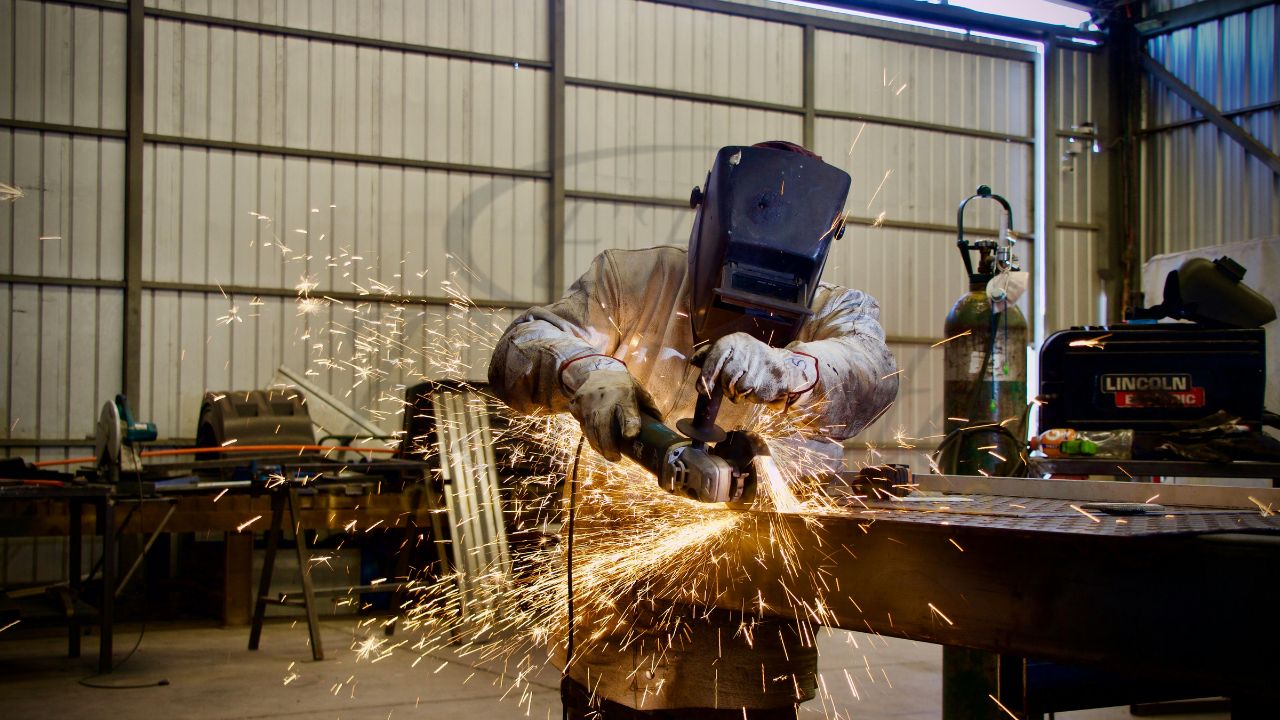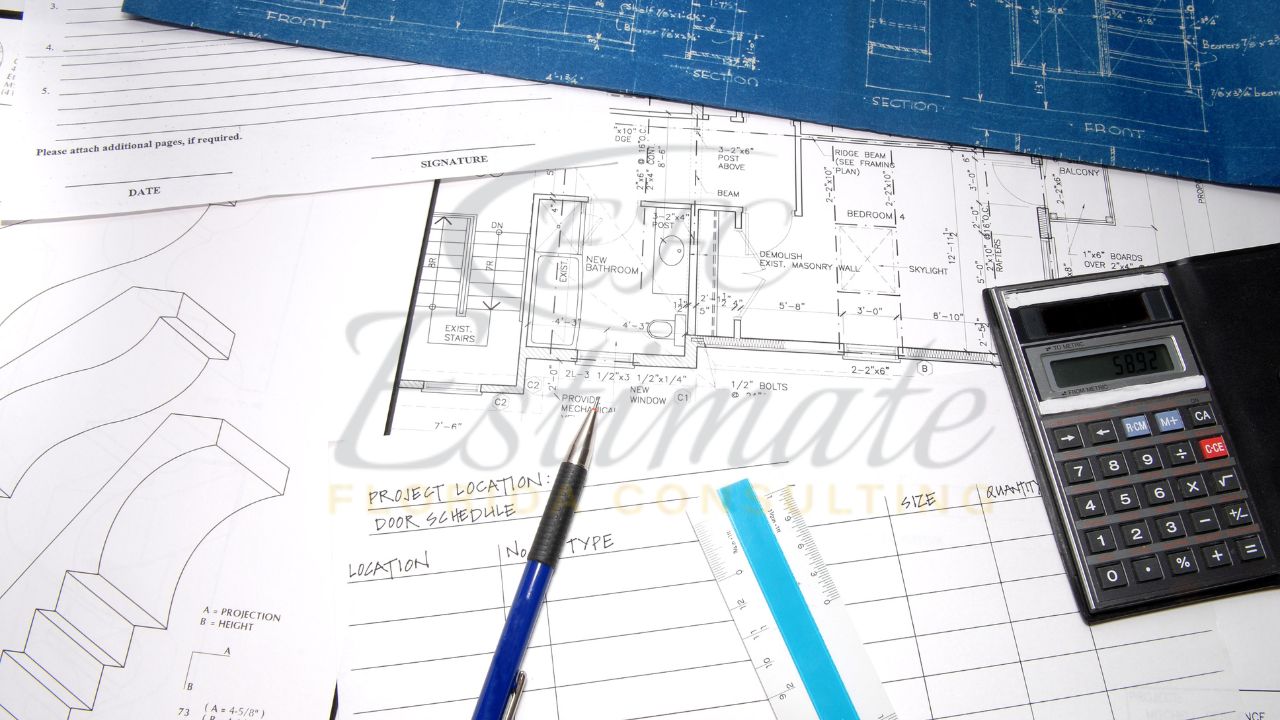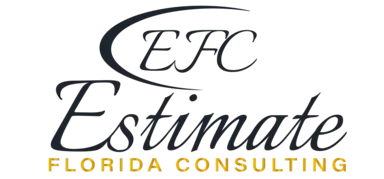Estimating Aluminum Welding Costs: Key Factors in Metal Estimating Services
When it comes to precision metal fabrication, aluminum welding is a critical service across industries ranging from construction and automotive to aerospace and manufacturing. Accurate cost estimation in aluminum welding not only influences project budgets but also directly impacts client trust and profitability. For an aluminum welding company like Performance Aluminum Fabrication, mastering the art of estimating welding costs is essential to staying competitive in the marketplace.
In this article, we’ll explore the key factors that influence aluminum welding costs, outline the challenges involved in estimating these services, and provide guidance for improving accuracy in metal estimating services.

1. Material Selection and Grade
Aluminum is not a one-size-fits-all material. Different grades such as 6061, 5052, or 7075 come with distinct properties and costs. The selection of aluminum grade plays a major role in cost estimation. For example, 6061 is commonly used due to its versatility and weldability, while 7075 offers higher strength but is more expensive and challenging to weld.
When estimating welding services, it’s vital to identify the specific grade of aluminum needed for the job. Higher-grade aluminum requires more skilled labor and specialized equipment, which increases the overall project cost.
2. Thickness and Dimensions of the Aluminum
The thickness and size of the aluminum parts significantly affect welding difficulty and time. Thinner materials may require TIG (Tungsten Inert Gas) welding for precision, while thicker materials may need MIG (Metal Inert Gas) welding, which is faster but less refined.
An experienced aluminum welding company should always factor in the amount of time, filler material, and gas needed for different material thicknesses. Larger, thicker components typically increase costs due to extended weld times and higher energy consumption.
When estimating welding services, it’s vital to identify the specific grade of aluminum needed for the job. Higher-grade aluminum requires more skilled labor and specialized equipment, which increases the overall project cost.
3. Type of Welding Process Used
The welding process chosen can substantially influence cost. Common aluminum welding processes include:
– TIG Welding: Offers precision and clean results but is slower and more labor-intensive.
– MIG Welding: Faster and suitable for thicker materials but requires more filler metal.
– Robotic Welding: Offers consistency and speed for large-scale production but involves high initial investment.
Each process involves different levels of skill, speed, and resource consumption. An accurate estimate must account for the specific process required for the project.
4. Labor Costs and Skill Level
Aluminum welding is considered more complex than steel welding, primarily due to aluminum’s high thermal conductivity and lower melting point. As a result, only highly skilled welders can deliver high-quality results.
Labor costs vary significantly depending on location, project complexity, and welder expertise. Companies offering welding services must factor in the hourly rates for certified welders, which could be substantially higher for aluminum projects.
5. Joint Design and Accessibility
The design of the joint and the accessibility of the weld area can make a big difference in welding time and complexity. Tight corners, overhead welds, or difficult-to-access joints often require custom jigs or additional preparation time.
For example, a project with a basic butt joint will cost less than one with a complex T-joint in a confined space. Including these elements in your cost breakdown is critical to avoid underquoting.
6. Pre-Weld and Post-Weld Operations
Cost estimation isn’t just about the weld itself—it also includes preparation and finishing steps, such as:
– Cleaning the aluminum to remove oxidation and contaminants
– Fixturing and positioning of materials
– Inspection and quality control
– Grinding or sanding to achieve the desired finish
These steps add time and resources to the process, and an accurate quote must include them to reflect the full scope of work.
7. Equipment and Consumables
Consumables like shielding gas (typically argon), welding wire, and electrodes contribute to the overall cost. Additionally, wear and tear on specialized equipment like TIG torches, MIG guns, or CNC fixtures must be factored into long-term cost estimations.
A professional aluminum welding company like Performance Aluminum Fabrication often includes an overhead fee to cover these ongoing operational costs while ensuring high-quality output.
8. Quantity and Production Volume
Economies of scale apply to aluminum welding as well. Larger production volumes allow for better material utilization, reduced setup times, and potentially automated processes—all of which lower the per-unit cost.
If you’re quoting welding services for bulk orders, it’s essential to break down the cost per piece and factor in savings gained from efficient production.
9. Location and Delivery Logistics

The cost of aluminum welding can also be affected by where the job takes place. Projects performed on-site may require portable welding equipment, generators, or additional insurance. Transportation of materials, delivery timelines, and project site access should also be considered in the estimate.
For example, Performance Aluminum Fabrication delivers welding services across Texas and surrounding states, and their quotes account for travel time, transportation, and delivery conditions.
10. Industry Standards and Compliance
Finally, any estimate must factor in compliance with industry standards such as AWS (American Welding Society) codes and other client-specific certifications. These standards may necessitate additional documentation, testing, or specialized procedures, adding to the project cost.
Companies offering aluminum welding services must also maintain liability insurance and safety certifications, which contribute to their operational overhead.
For example, Performance Aluminum Fabrication delivers welding services across Texas and surrounding states, and their quotes account for travel time, transportation, and delivery conditions.
Final Thoughts: Why Accurate Estimation Matters
Accurate aluminum welding cost estimation isn’t just about avoiding budget overruns—it’s about building trust with your clients, maximizing profitability, and delivering consistent results. Misquoting a project can lead to profit loss, missed deadlines, and reputational damage.
That’s why experienced professionals like Performance Aluminum Fabrication invest in transparent, detailed estimates for every aluminum welding project they undertake. Whether you’re a contractor, architect, or manufacturer, partnering with a knowledgeable welding company ensures that your project stays on time, on budget, and up to code.
Need precise aluminum welding services and cost estimations for your next project? Contact the team at Performance Aluminum Fabrication today for expert guidance and top-quality results.

